
Privacy statement: Your privacy is very important to Us. Our company promises not to disclose your personal information to any external company with out your explicit permission.
Are you curious about the cutting-edge world of CNC machining centers? Dive into the realm of precision engineering and advanced manufacturing with us as we explore what a machining center is, its various types, key components, applications, and the pros and cons of using this revolutionary technology. Let's embark on a journey to uncover the fascinating capabilities of CNC machining centers!
When it comes to machining centers, there are several types of machine centers that cater to different manufacturing needs. One common type is the Vertical Machining Center (VMC), which has a vertical spindle axis. This design allows for easy access and loading of workpieces from above.
On the other hand, we have the Horizontal Machining Center (HMC) where the spindle is positioned horizontally. HMCs are known for their stability and rigidity, making them suitable for heavy-duty machining operations.
For more complex tasks requiring intricate cuts from multiple angles, the 5-Axis Machining Center shines. This type offers enhanced precision and flexibility by allowing rotation along five axes simultaneously.
Each type of machining center has its unique strengths and applications in various industries, providing manufacturers with versatile options to meet specific production requirements.
When it comes to machining centers, the Vertical Machining Center (VMC) stands out as a popular choice in the manufacturing industry. This type of machine tool has its spindle in a vertical orientation, allowing for easy access and precise cutting operations.
The VMC is known for its versatility in handling various materials like metals, plastics, and composites with high accuracy and efficiency. Its design enables operators to work on multiple sides of a workpiece without having to reposition it constantly.
One key advantage of the VMC is its ability to perform 3-axis machining tasks, making it suitable for producing intricate components with complex geometries. With advanced software integration, these machines can execute a wide range of operations such as milling, drilling, tapping, and contouring.
The Vertical Machining Center offers manufacturers the flexibility and precision required to meet diverse production demands effectively.
Horizontal Machining Centers (HMCs) are a type of CNC machining center that have a horizontally oriented spindle. This design allows for better chip evacuation during the machining process, resulting in improved efficiency and surface finish. HMCs are commonly used in industries such as aerospace, automotive, and die/mold making due to their ability to handle heavy-duty cutting operations.
One key advantage of HMCs is their ability to work on multiple sides of a part without the need for repositioning, thanks to their horizontal orientation. This can lead to reduced setup times and increased productivity. Additionally, HMCs often have larger work envelopes compared to vertical machining centers, allowing for the processing of larger and more complex parts.
Another benefit of using an HMC is its superior rigidity and stability during high-speed cutting operations. This results in higher precision and accuracy in the finished parts. With advancements in technology, modern HMCs now come equipped with features such as pallet changers and tool magazines, further enhancing their capabilities.
5-Axis Machining Centers are the epitome of precision and versatility in the world of CNC machining. Unlike their 3-axis and 4-axis counterparts, these machines offer unparalleled freedom of movement and cutting angles. With the ability to rotate on both horizontal and vertical axes simultaneously, they can access virtually any part of a workpiece with ease.
The increased range of motion that 5-axis machining centers provide allows for complex parts to be machined in a single setup, reducing cycle times and improving accuracy. This makes them ideal for industries such as aerospace, automotive, and medical devices where intricate geometries are common.
By utilizing all five axes effectively, manufacturers can achieve superior surface finishes and tight tolerances that would be challenging or impossible to accomplish with traditional machining methods. The investment in a 5-axis machine may be higher upfront, but the capabilities it offers can result in significant cost savings and enhanced competitiveness in today's demanding market.
A machining center consists of several key components that work together to ensure precise and efficient manufacturing processes. One essential component is the spindle, which rotates at high speeds to cut into materials with precision. The tool changer is another vital part, responsible for automatically swapping out tools during the machining process to minimize downtime.
The worktable provides a stable surface for holding the material being machined in place while allowing for precise movements along multiple axes. Each component plays a crucial role in ensuring the accuracy and efficiency of the machining center's operations.
By understanding how these components function together, manufacturers can optimize their production processes and achieve higher levels of productivity. It's important to consider each component's capabilities and maintenance requirements to maximize the performance of the machining center.
The spindle is the heart of a CNC machining center. It is responsible for rotating the cutting tool at high speeds, allowing for precise and efficient material removal during the machining process.
Spindles come in various types, such as belt-driven or direct-driven, each offering unique advantages based on specific machining requirements. The speed and power of the spindle play a crucial role in determining the overall performance and accuracy of the machine.
Additionally, spindles can be equipped with different tool holding systems to accommodate a wide range of cutting tools. This versatility enables operators to perform various machining operations without having to change spindles frequently.
Understanding the capabilities and limitations of the spindle is essential for maximizing productivity and achieving optimal results in CNC machining applications.
One essential component of a CNC machining center is the tool changer. This mechanism allows for automatic changing of cutting tools during the machining process, saving valuable time and increasing efficiency. The tool changer holds various tools that can be quickly swapped out based on the specific requirements of the job at hand.
With a swift tool changeover capability, operators can minimize downtime and keep production running smoothly. Modern CNC machining centers are equipped with advanced tool changers that can store multiple tools simultaneously, enabling complex machining operations to be carried out seamlessly.
The seamless integration of the tool changer into the machining center's overall automation system ensures precision and accuracy in every operation. By reducing manual intervention for tool changes, manufacturers can achieve higher levels of productivity and consistency in their output.
In essence, the tool changer is a vital component that contributes to maximizing the capabilities of a CNC machining center, making it an indispensable asset in modern manufacturing processes.
The worktable is a crucial component of a machining center, providing a stable platform for securing the workpiece during machining operations. It plays a vital role in ensuring precision and accuracy in the manufacturing process.
Worktables come in various sizes and configurations to accommodate different types of workpieces and machining requirements. Some are equipped with T-slots or grid patterns to facilitate easy clamping and positioning of the workpiece.
Machining centers often feature programmable rotary or tilting capabilities on their worktables, allowing for multi-sided machining without the need for manual repositioning. This versatility enables complex parts to be machined efficiently in one setup.
Additionally, some advanced worktables incorporate features such as coolant channels or vacuum systems to enhance chip removal and maintain a clean working environment. This helps improve overall efficiency and productivity in CNC machining operations.
October 29, 2024
October 28, 2024
Email to this supplier
October 29, 2024
October 28, 2024

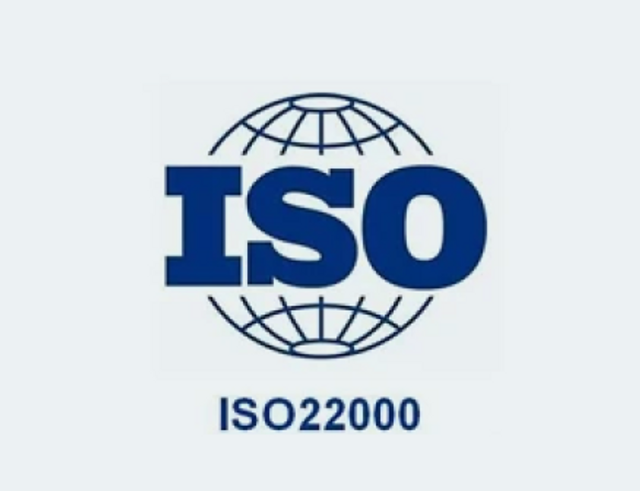
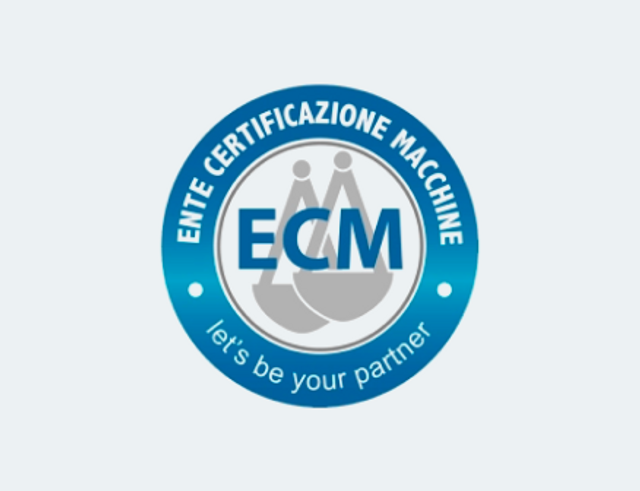

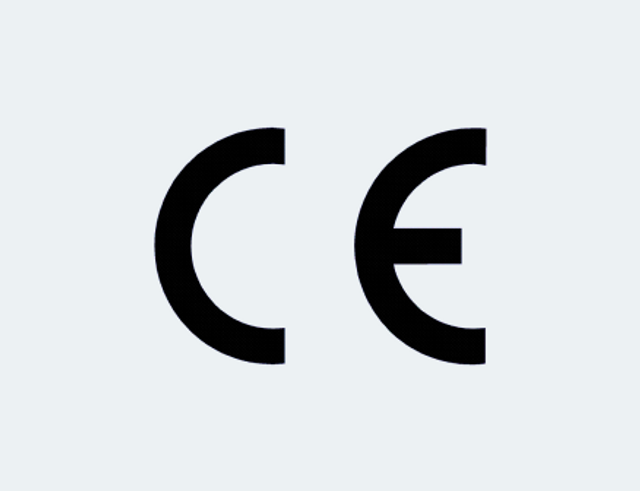

Explore our Extensive Range of Precision Metalworking Machine Tools. Discover the Power of Precision and Innovation in Metal and Material Processing with Weiss
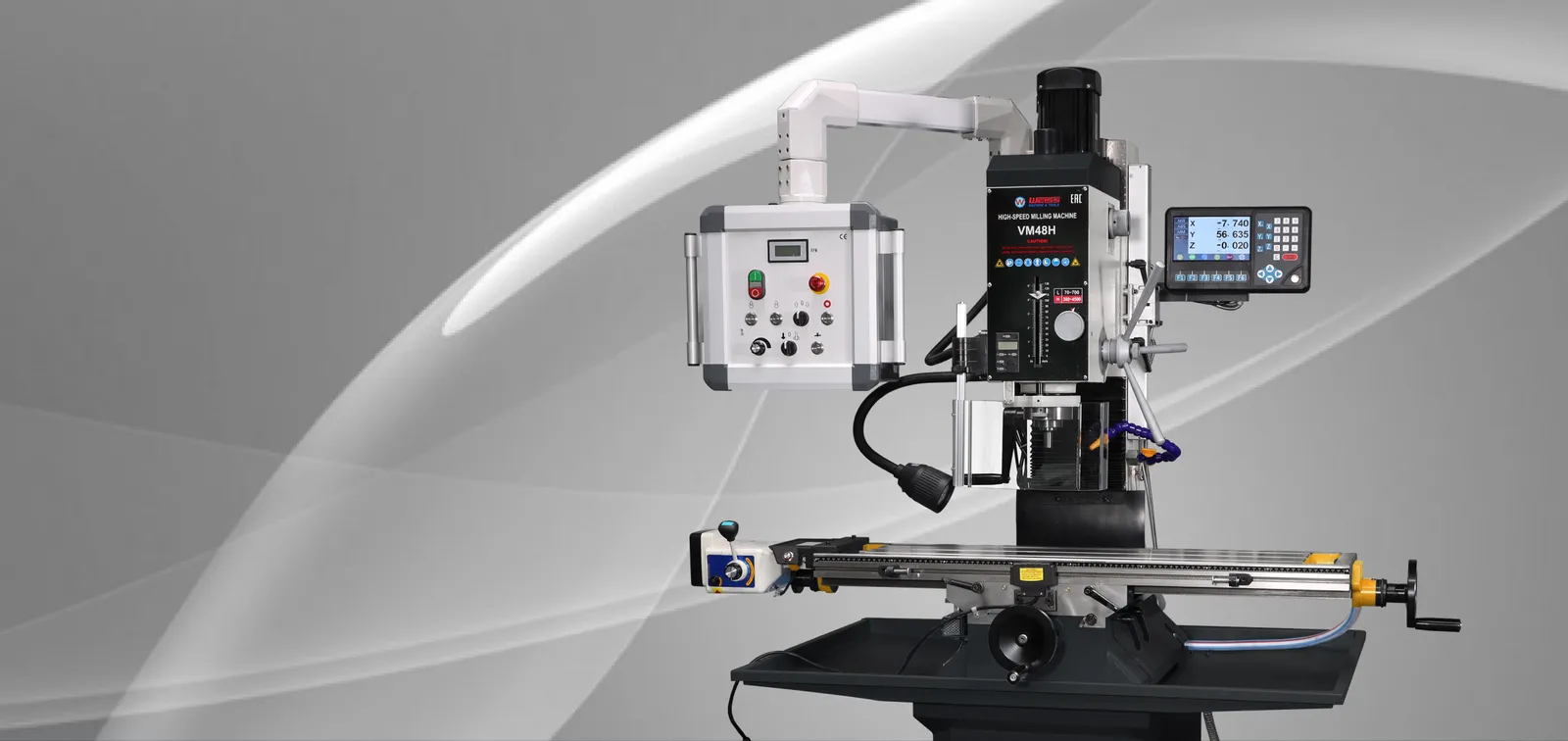
Heavy, stable and solid column,
made of high-quality gray cast iron, with ground and scraped dovetail guide,
for high stability and precision
View More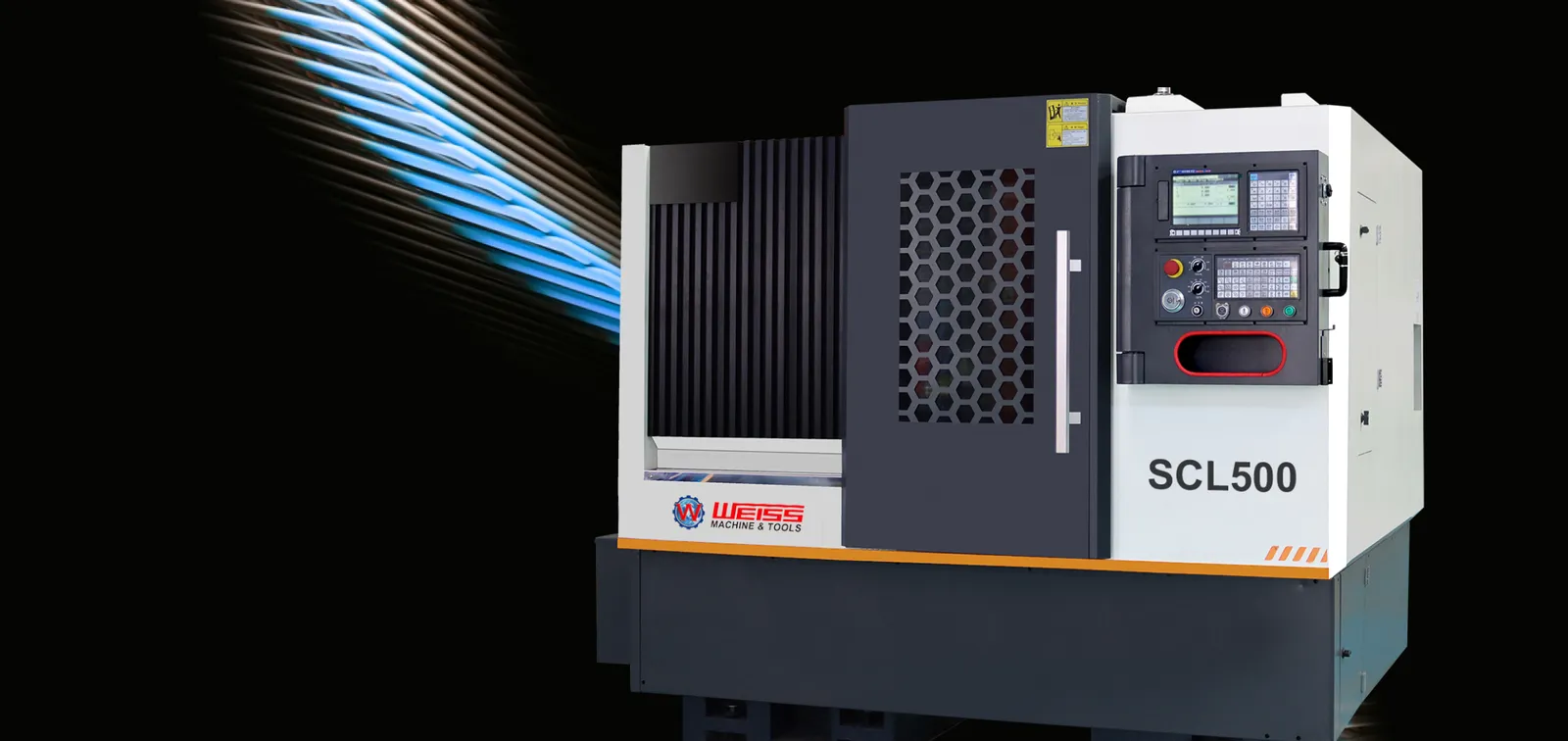
Slant bed and linear guide way CNC lathe.
High speed, High precision, High reliability
View More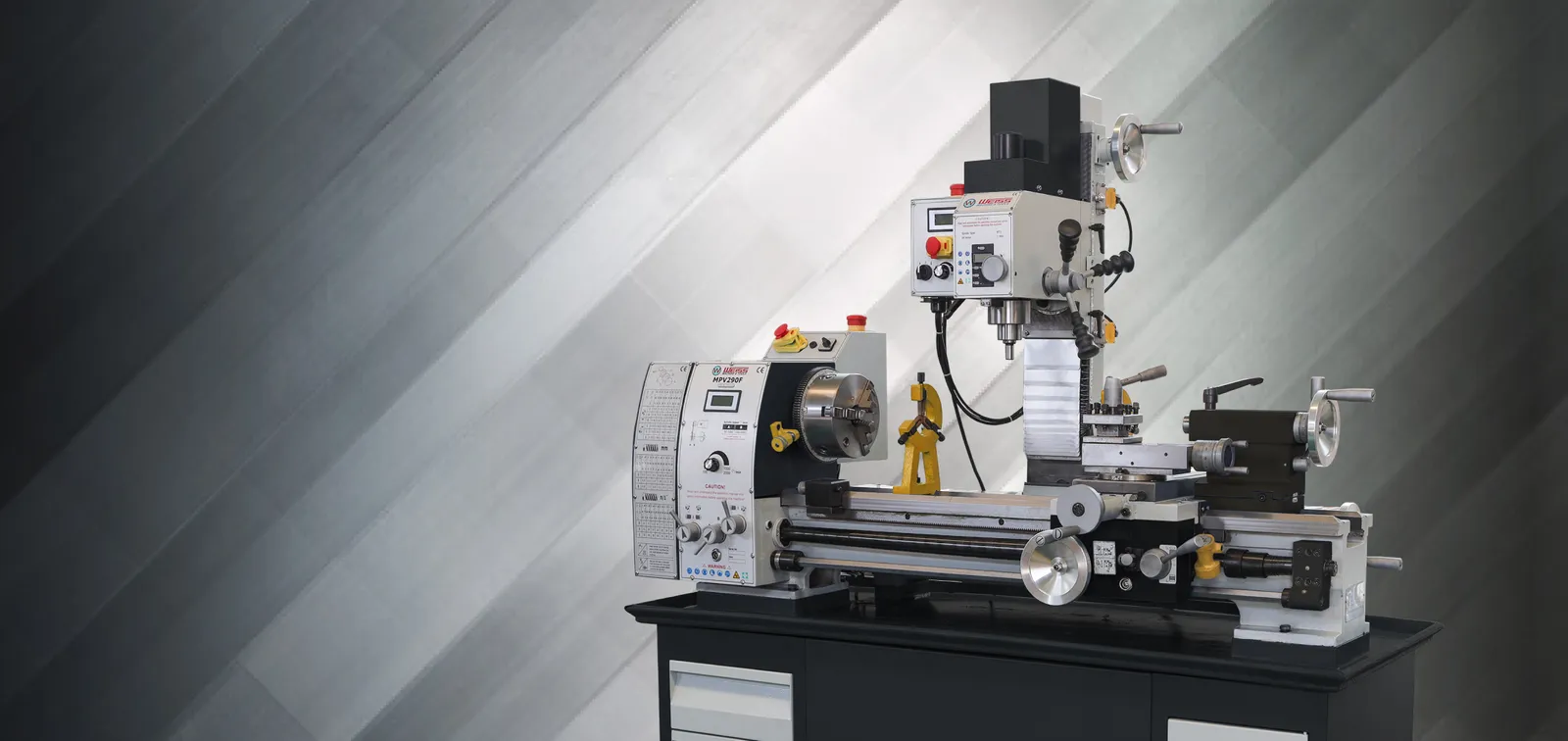
Prouduct quality and reliability Competitive pricing
Product innovatio and cariety
View MoreWEISS MACHINERY CO., LTD. to be your trusted partner for metalworking machine tools. We have a wide range of milling machines , tapping machines, and accessories that meet the highest standards of quality, performance, and reliability. Our machines have brushless motors that ensure low maintenance and high efficiency. We also offer online sales, international delivery, secure payment, professional advice, and 20 years of experience. Weiss, make it easy!
View MoreCompany Establishment
Countries&Regions with Product Sales
Factory Area
Product Varieties

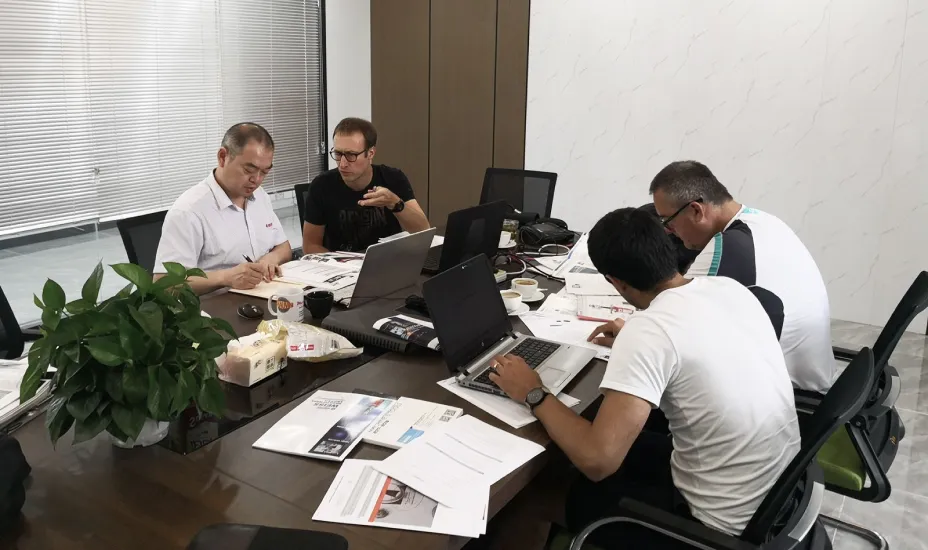
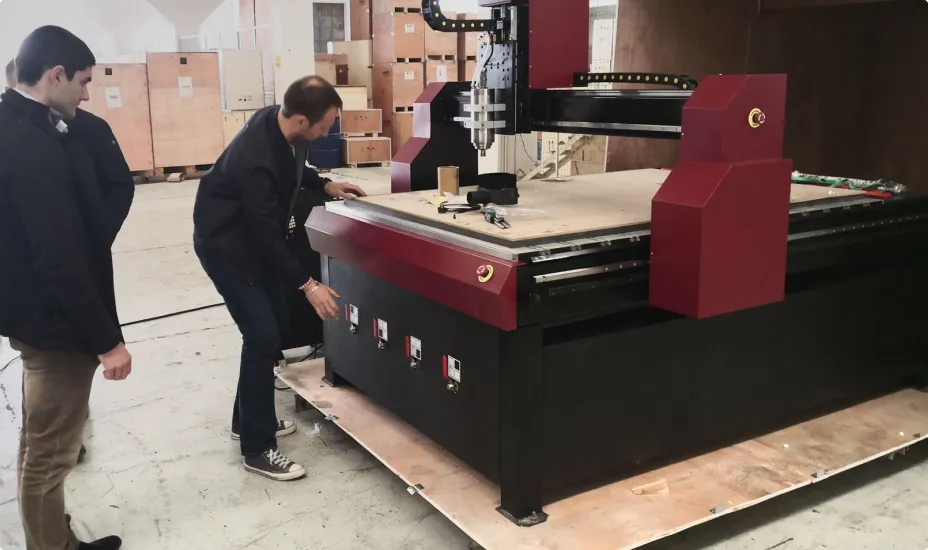
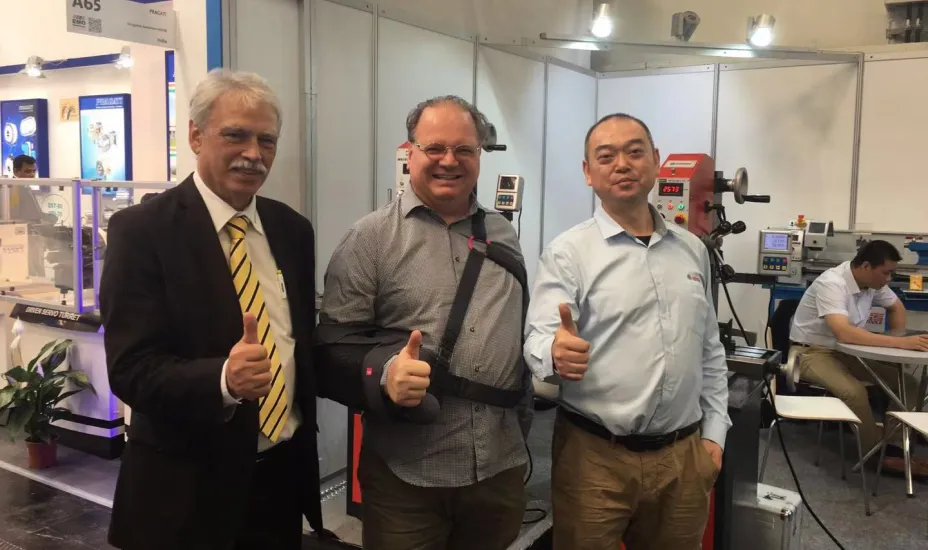
We have been extremely impressed with the quality and performance of the electronic milling machine we purchased from your company. It has greatly enhanced our production capabilities and consistently delivers exceptional results.
MA***N
Your Trusted Partner for Comprehensive Machine Tool Solutions.

Privacy statement: Your privacy is very important to Us. Our company promises not to disclose your personal information to any external company with out your explicit permission.

Fill in more information so that we can get in touch with you faster
Privacy statement: Your privacy is very important to Us. Our company promises not to disclose your personal information to any external company with out your explicit permission.